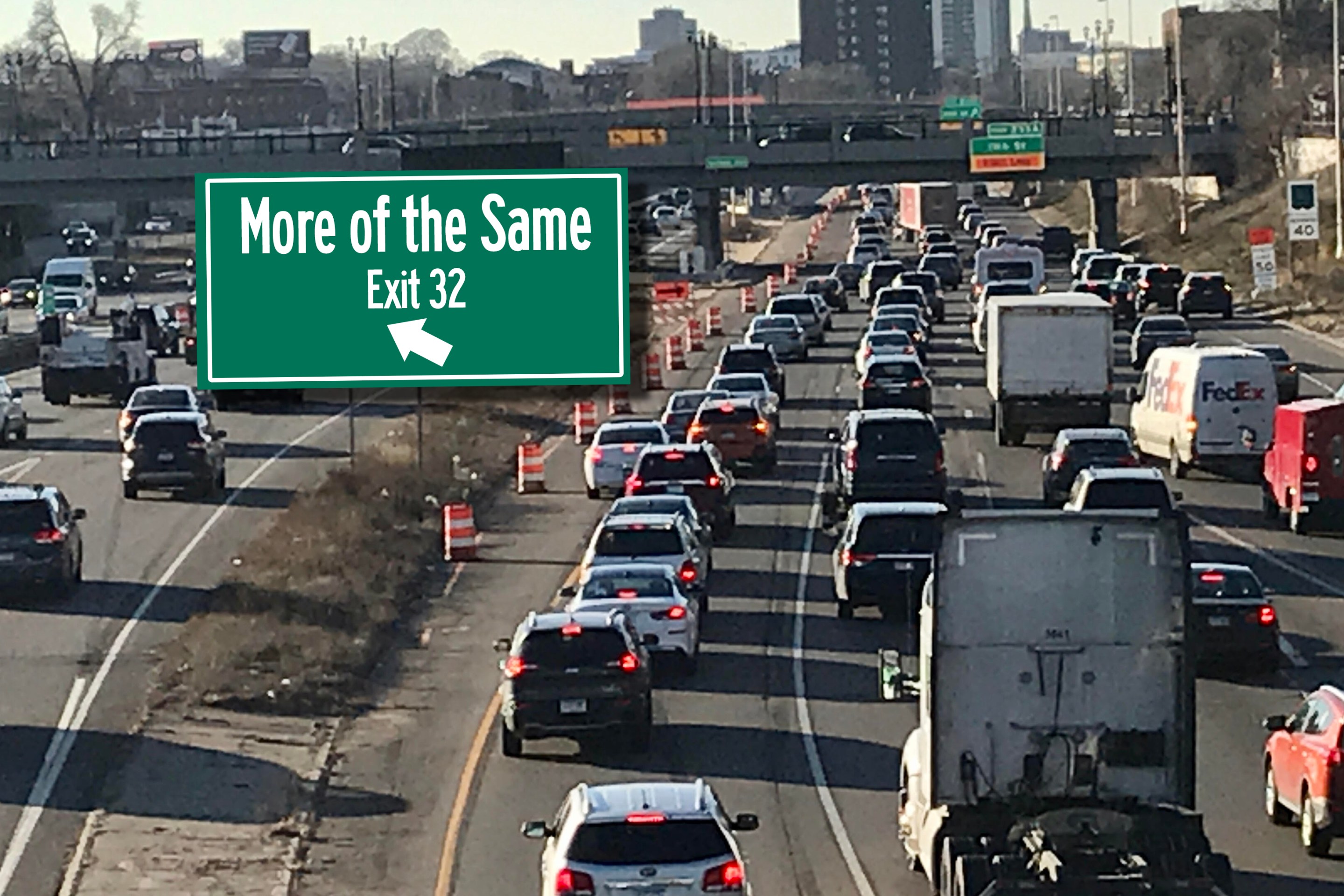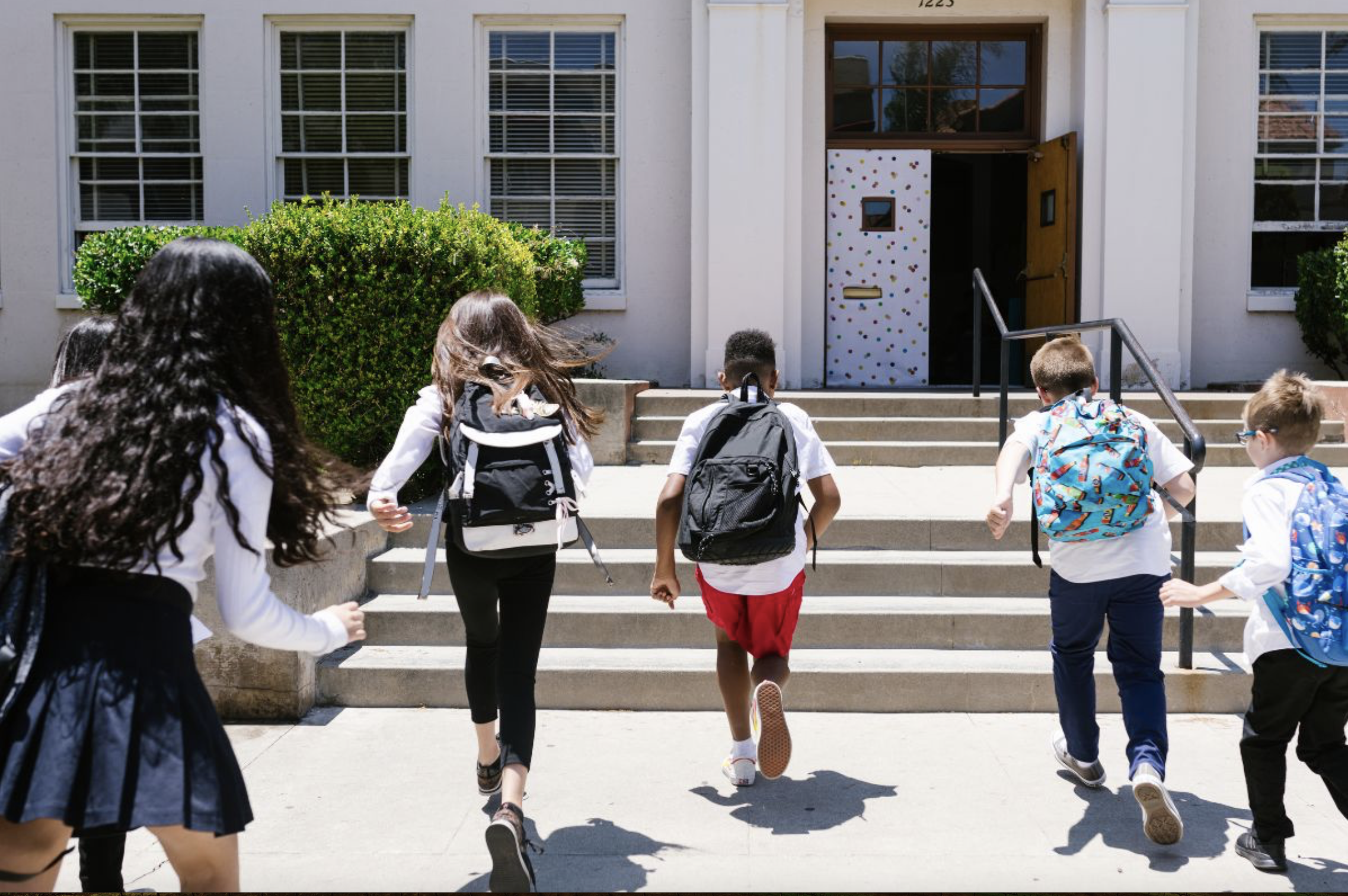
The downward slide continues.
Driving activity in America, adjusted for population, has hit a new low since before the economic downturn began. Doug Short, an independent analyst who evaluated data recently released by FHWA, finds that when controlling for population growth, it's been more than seven years, or 92 months, since American driving activity last ticked up -- a major break from historical trends.
The current per-capita reduction in driving has continued much longer than the longest previous period of contraction on record. The oil crisis of the 1970s and the stagflation of the early 1980s produced a decline in driving that took 61 months to reverse itself, again controlling for population growth. The current dip in driving rates has already lasted 50 percent longer than that. The average American is now driving as much as they were in 1995.

Short says the current decline doesn't correlate very well to the price of gas. And it doesn't conform very well to economic growth. Longer-term factors are at play, he says, including the growth in telecommuting, the retiring of the baby boom generation and, as noted yesterday by Brad Plumer in the Washington Post, a decline in driving among young people.
"There are profound behavioral issues apart from gasoline prices that are influencing miles driven," Short said.
Both Short and Plumer highlighted research showing the average miles driven by young people -- ages 16 to 34 -- declined 23 percent between 2001 and 2009. Plumer ticked off a number of reasons why young people could be driving less, all of which have been amply discussed on this blog and in other forums on transportation policy. But one thing is clear: It's not just because of the recession. As Plumer notes, even higher-income young people have been driving less and taking more trips by bike and bus. Among other possible explanations, cited by a U.S. PIRG report last year, are concern for the environment and increased connectivity through mobile devices.
These numbers -- and the attention they're getting from the mainstream media -- underscore the fact that the dip in driving isn't just wishful thinking on the part of transportation reformers. U.S. DOT officials assert that they're paying close attention to this dramatic shift in how Americans get around, and are planning for the future accordingly.





